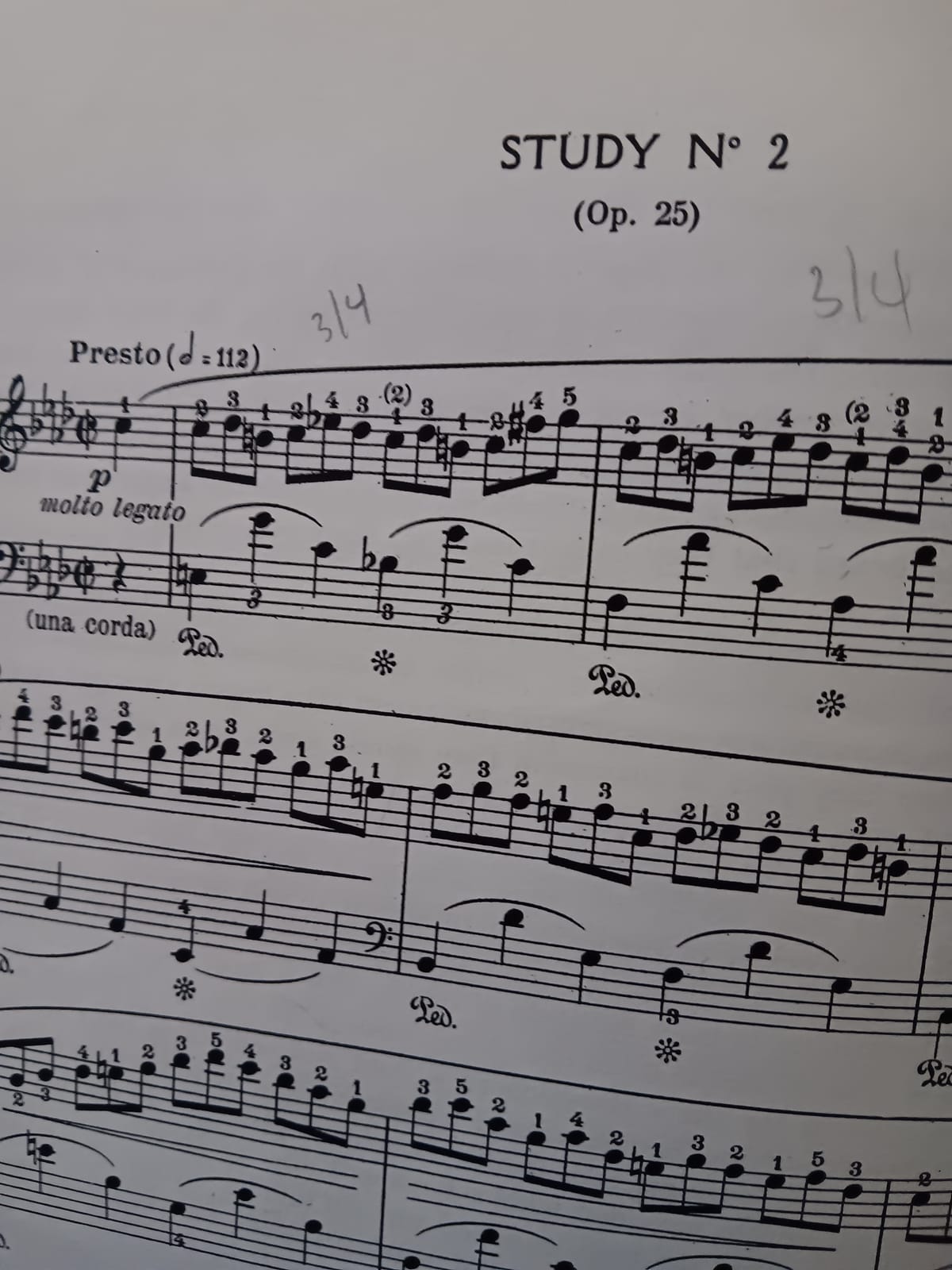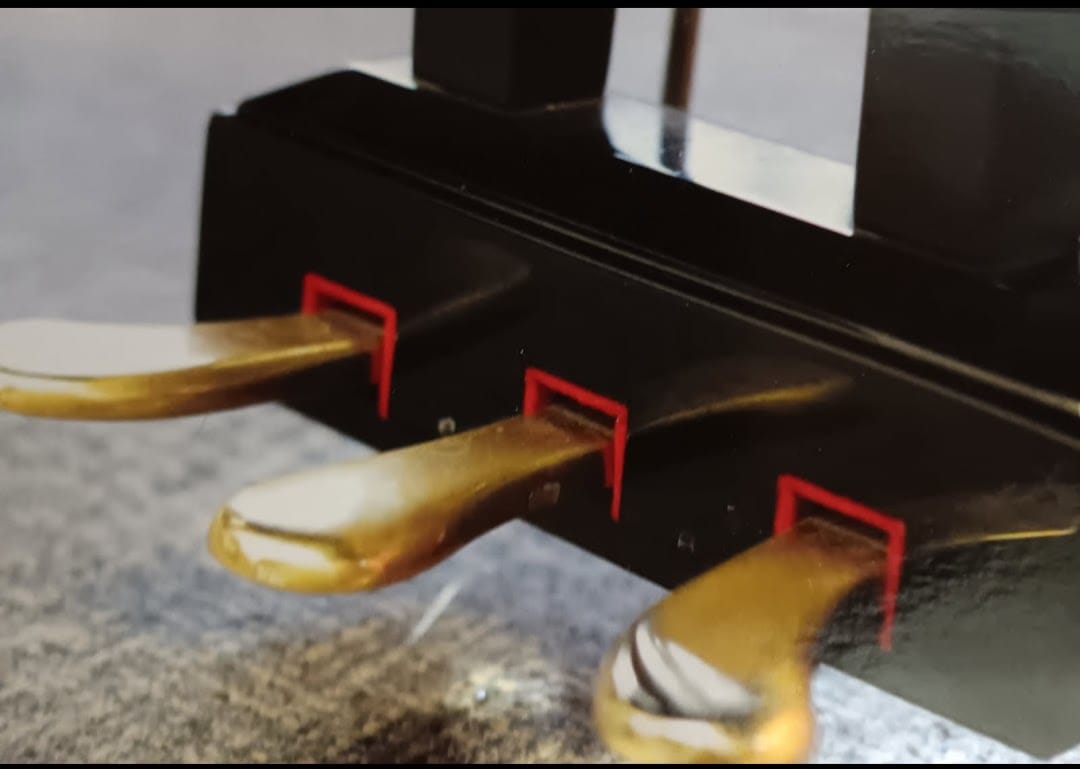Good vibrations
Heinrich Hertz, cellphones, and middle C

Everything we do at the piano begins with science. We teach this.
Let’s talk about the vibrations we are generating.
Heinrich Hertz was a German physicist who conclusively proved the existence of electromagnetic waves.
What are electromagnetic waves and who cares and what does this have to do with vibrations?
Well, we first have to talk about energy.
Energy is the measure of the ability to do work. We know about potential energy—like the amount of energy sitting in your Duracell batteries. And we know about kinetic energy, which is when an object is in motion, like a bouncing basketball.
Waves are one of the ways in which energy is transferred. Two types of waves that help transfer energy are mechanical waves and electromagnetic waves.
Mechanical waves are caused by a disturbance in matter. Matter that waves are traveling through is called a medium. So, water waves are mechanical waves, and the medium for the waves to travel is water. These waves travel by making molecules “bump” into each other. Mechanical waves need a medium to travel.
Electromagnetic waves are different.
Electricity can be static. Magnetism can also be static.
The way it is described by NASA is beautiful:
A changing magnetic field will induce a changing electric field and vice-versa—the two are linked. These changing fields form electromagnetic waves. Electromagnetic waves differ from mechanical waves in that they do not require a medium to propagate. This means that electromagnetic waves can travel not only through air and solid materials, but also through the vacuum of space.
Here’s the thing:
A Scottish scientist named Maxwell theorized that electrical fields and magnetic fields could form electromagnetic waves. That relationship was developed into equations which we now call Maxwell’s Equations.
Heinrich Hertz studied Maxwell’s theory and proved conclusively that indeed electromagnetic waves exist.
Not only did he prove they existed, we also learned:
- the velocity of radio waves is equal to the velocity of light
- how to allow electromagnetic waves to not need wires to exist—very important
Ok, so now we are at the “Who cares?” part.
Cellphones work by transmitting and receiving radio waves from towers (no wires).
Radio stations use large antennae to broadcast electromagnetic waves (no wires).
Ok, so what does this have to do with piano?
While radio waves (electromagnetic) don’t need a medium to travel, sound waves (mechanical) do—which is why you can’t hear anything in space.
Sound waves travel through air, water, or solid objects by causing particles to vibrate. This is exactly what happens when you press a key on the piano—the strings vibrate, which makes the surrounding air molecules vibrate, carrying the sound to your ears.
In addition, Hertz’s observations changed how we examine all waves, to wit:
Middle C is 261 Hertz. Hertz is the measure of vibration, whether it’s sound waves, light waves, or radio waves.
This means that when you press the middle C key down, and the hammer hits those strings, the strings will vibrate 261 times per second, and that measurement is named after Heinrich Hertz.
261 Hz.
Each note has its own frequency.
If you press C8, the highest note on the piano, those strings will vibrate 4,186 times per second.
If you press A0, the lowest note on the piano, those strings will vibrate 28 times per second.
When tuning, if the frequency is slightly lower than the standard pitch, it is flat.
When tuning, if the frequency is slightly higher than the standard pitch, it is sharp.
What happens when you press C4 and E4 at the same time?
The frequencies are not identical (C4= 261 Hz, while E4 = 330 Hz), so this creates a harmonic relationship—a third interval.
Music is science. The more you know about the science part of your art, the more nuanced your art becomes.
We teach this, for sure.
